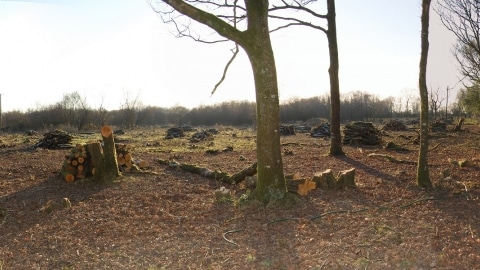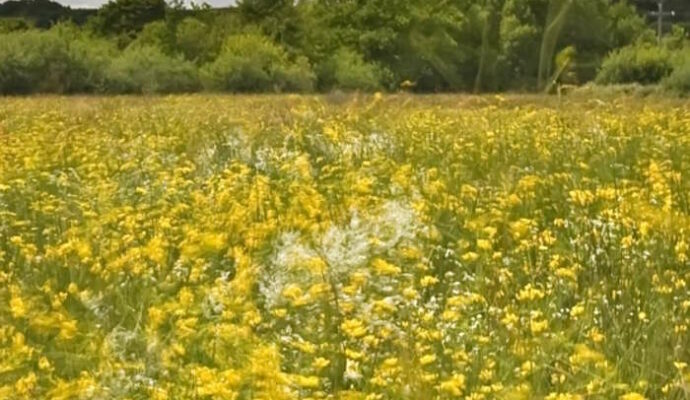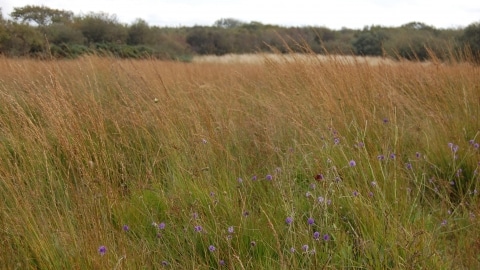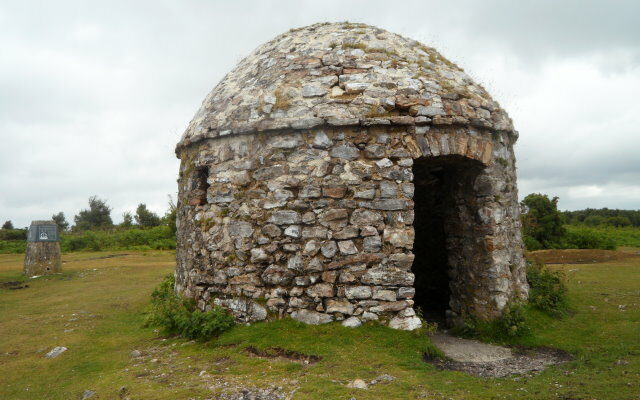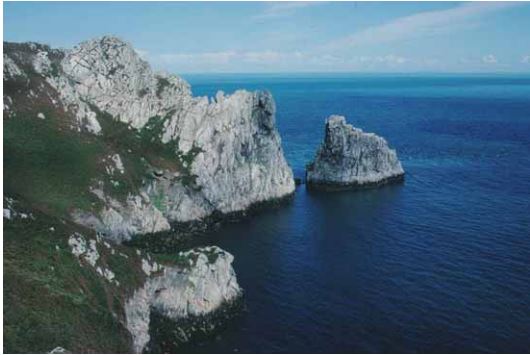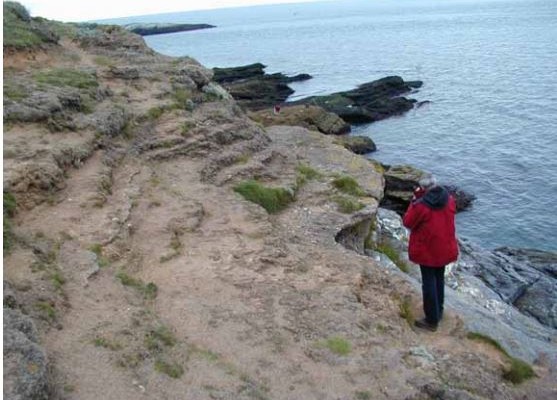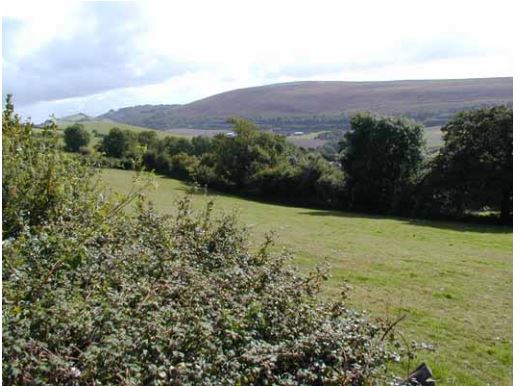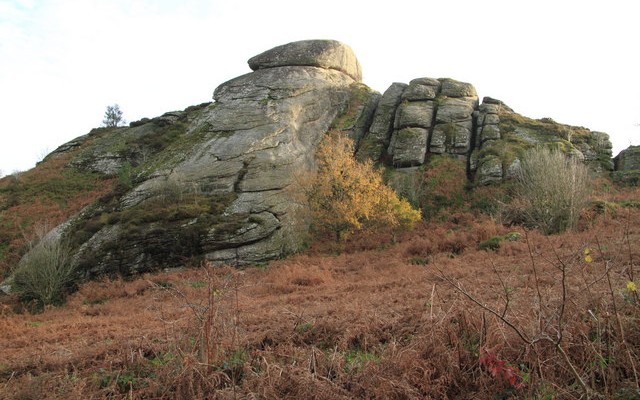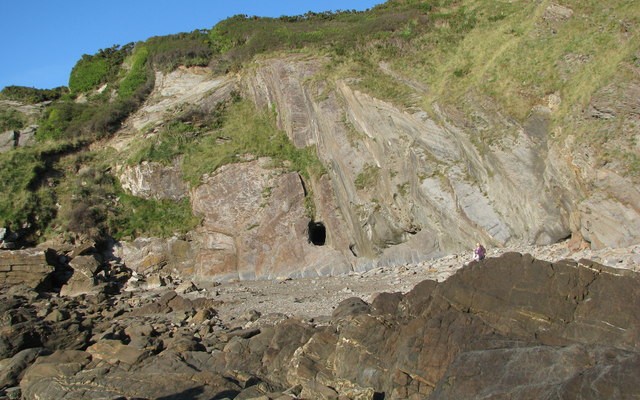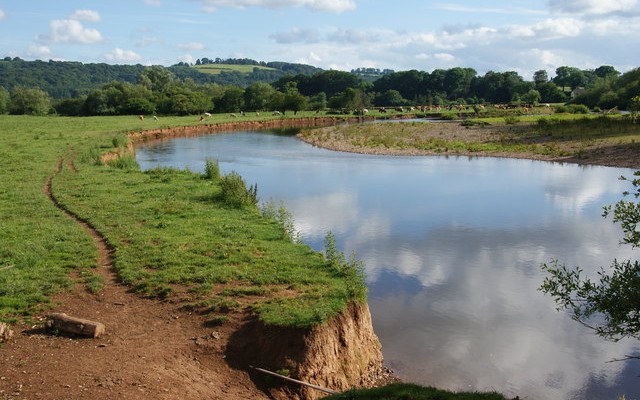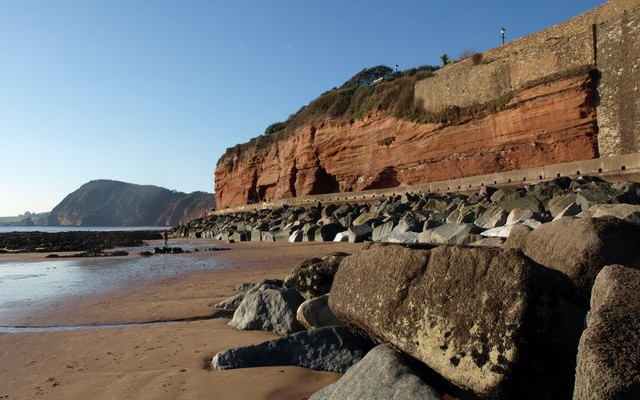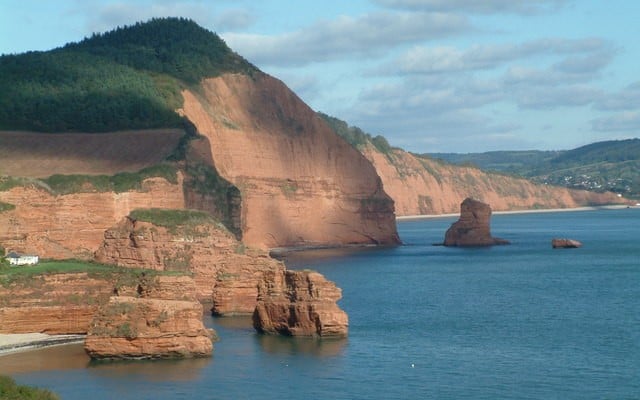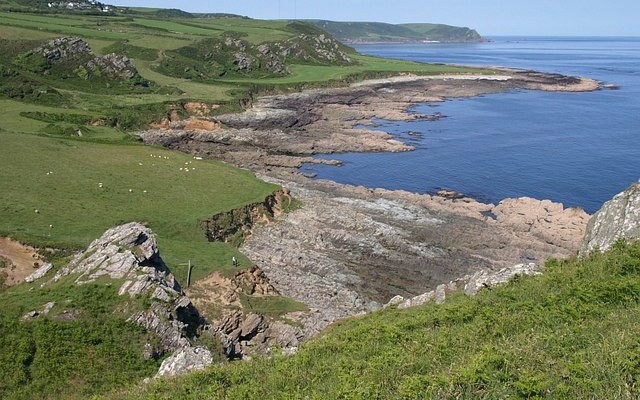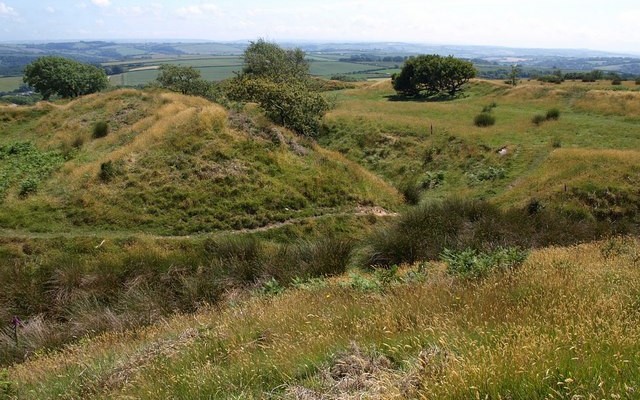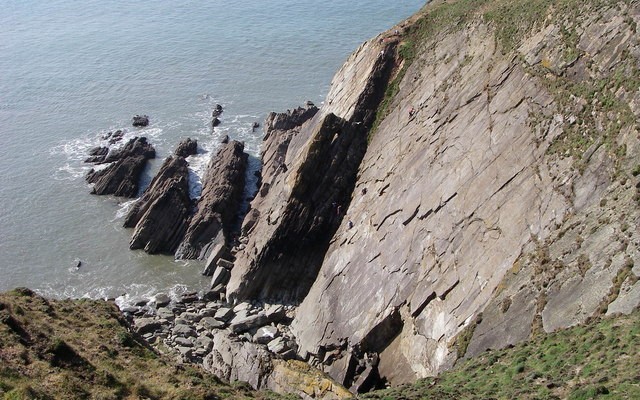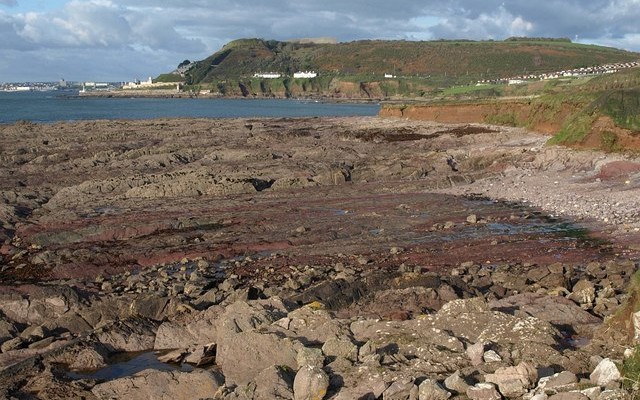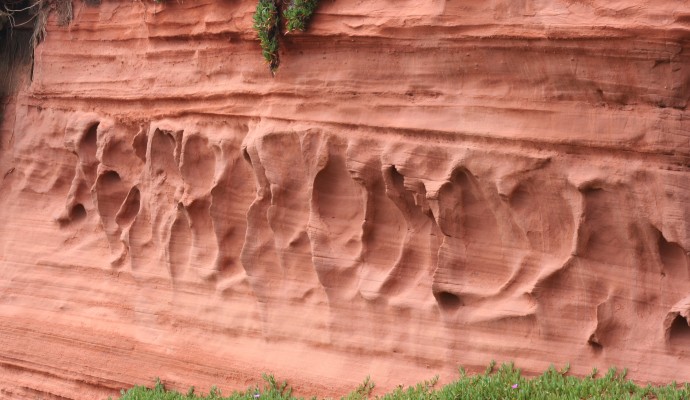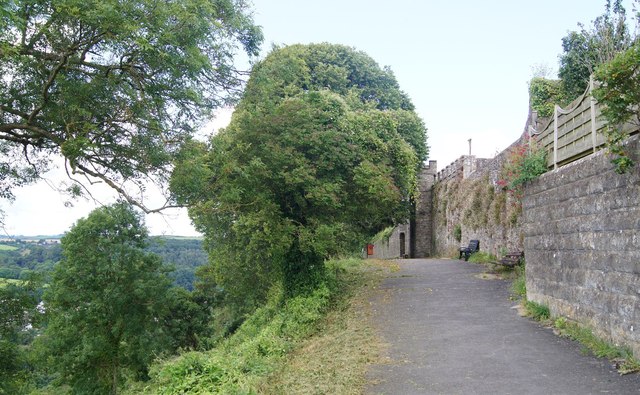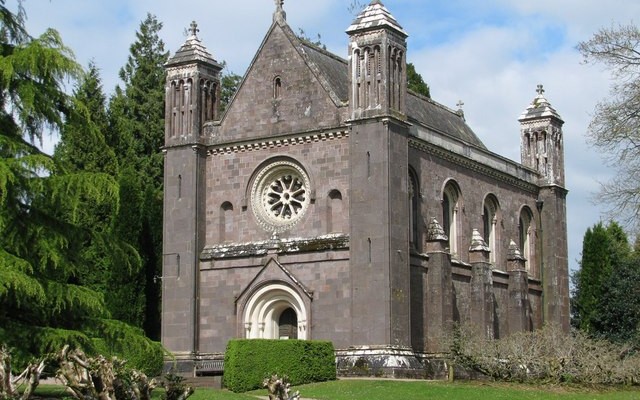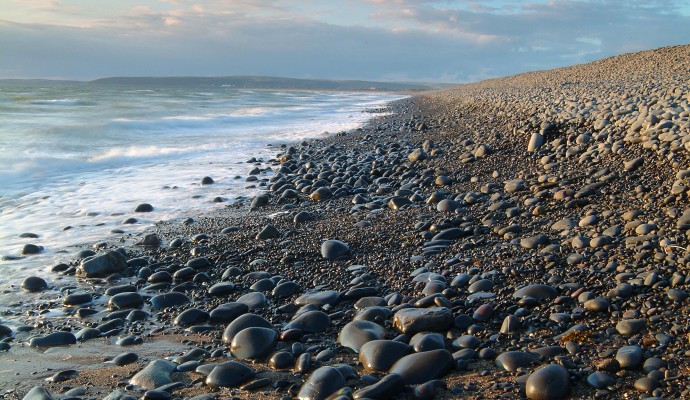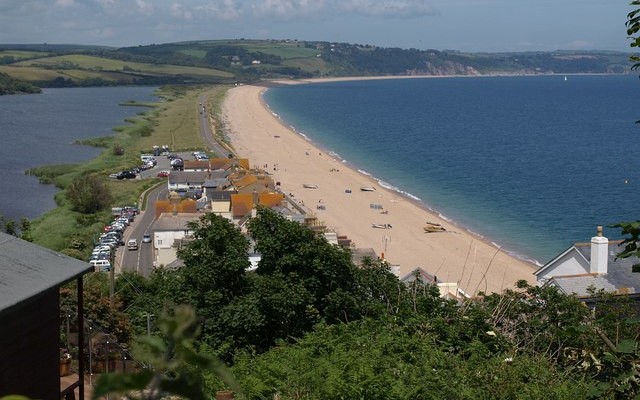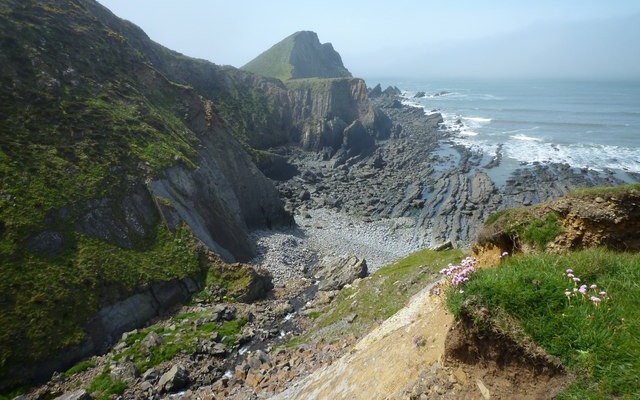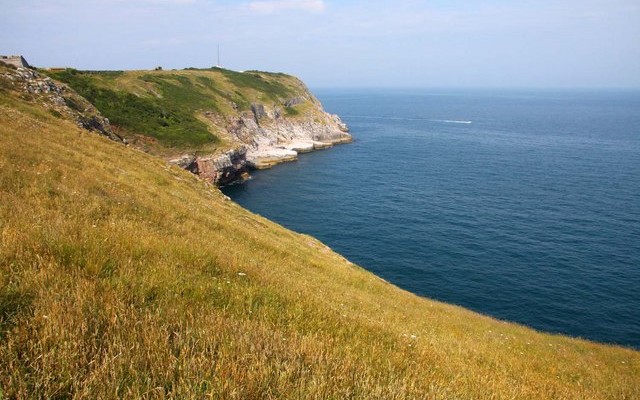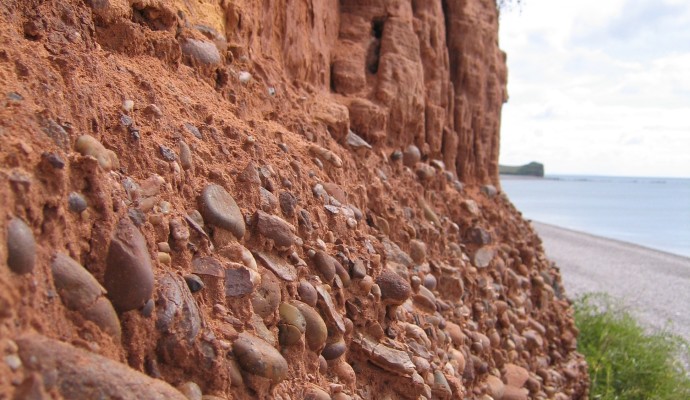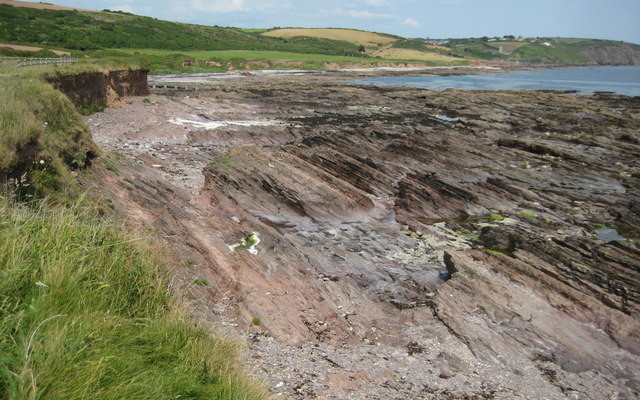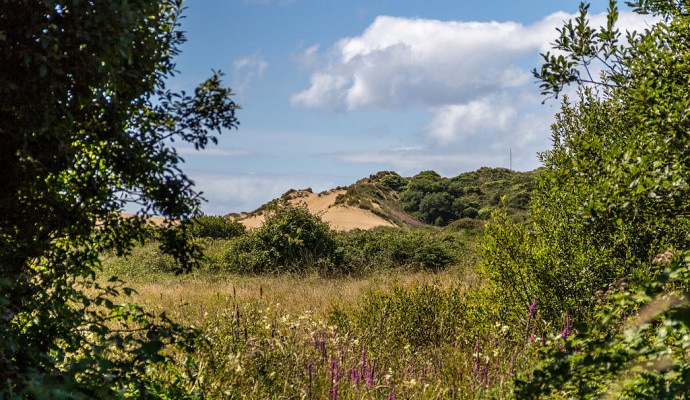Landscape in Devon
Devon has a diverse and special landscape, ranging from the open, windswept high moors of Dartmoor and Exmoor to the rugged coastlines of rocky cliffs and sweeping bays. Secluded valleys, rolling hills of traditionally managed farmland, and settlements and buildings display its rich historic character. This variety is why so many people choose to visit and live in Devon.
Landscape is more than just scenery; it is formed and influenced by a number of factors. Climate has played a role influencing how the land has been farmed and the plants that grow, and people have changed the landscape over the centuries through farming and by housing, roads and rail lines, and other modern developments. However, it is the underlying geology that influences the soils and the plants that grow, and the building materials that local communities have used. The hills, valleys and estuaries have been shaped by the geology and they in turn have shaped the pattern of human settlement we see today.
A large part of Devon’s landscape and geology are protected through national or international designations. This includes two National Parks, five Areas of Outstanding Natural Beauty, and two World Heritage Sites. The Jurassic Coast is the only natural World Heritage Site in England. Although these protected landscapes are important, all landscapes in Devon have qualities and characteristics that are valued by visitors.
The geological processes that have shaped our county are still at work today, and our landscape is continually evolving and changing. Landscapes can offer aesthetic enjoyment, escapism, tranquillity, and a sense of belonging to an area with a distinct natural and cultural identity. Many landscapes in Devon inspire artists, writers and photographers whose work is enjoyed by all ages.
As you travel around Devon you are able to visit many places that reflect the County’s diverse and intriguing landscape.
